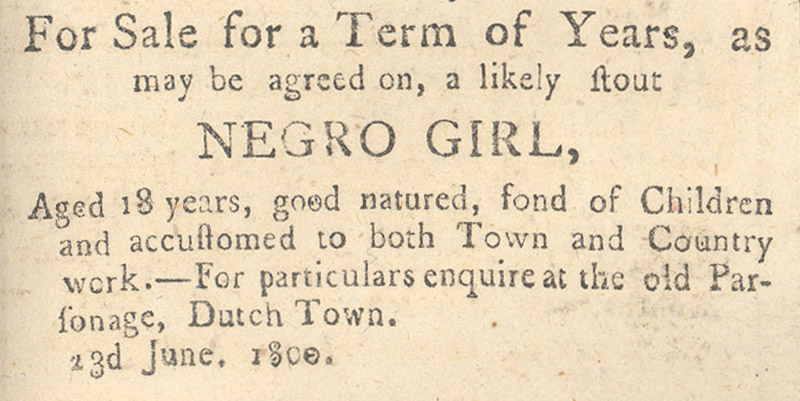August 1, 2024 to January 5, 2025
For many, Canada’s connection to slavery is the Underground Railroad. Little-known by Canadians is what happened before the Underground Railroad when, for over two centuries, the majority of Black people in Canada were slaves. Slavery played a significant role in the early settlement of Canada and its legacy can be seen and felt today.
Discover the experiences of enslaved Black people in Canada through individual biographies and archival records. Learn how slavery came to be in Canada and find out who were Canada’s enslavers.
Created with guest curator Dr. Afua Cooper and in partnership with the Black Cultural Centre for Nova Scotia.
Supported by Scotiabank.
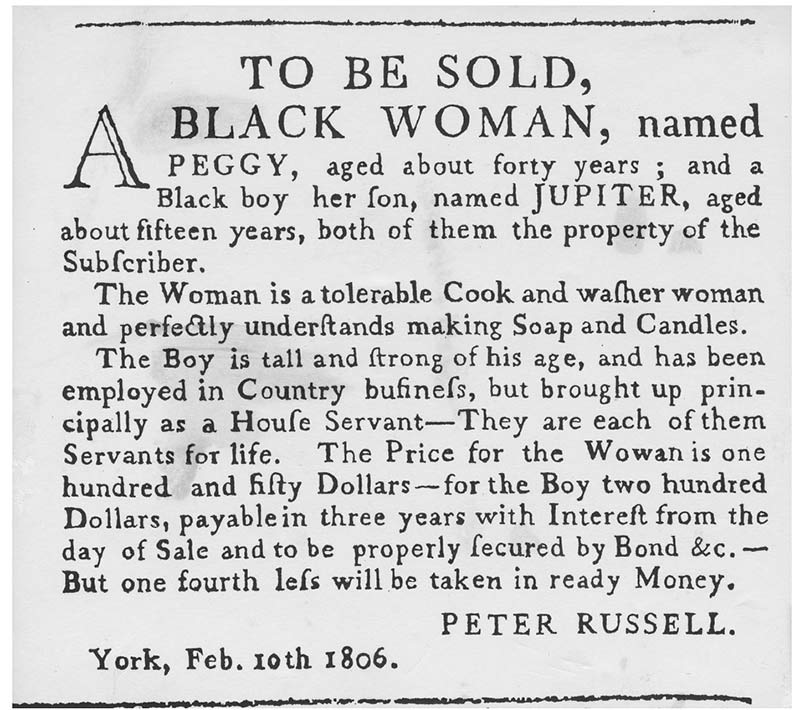
Upper Canada Gazette, February 22, 1806, Archives of Ontario
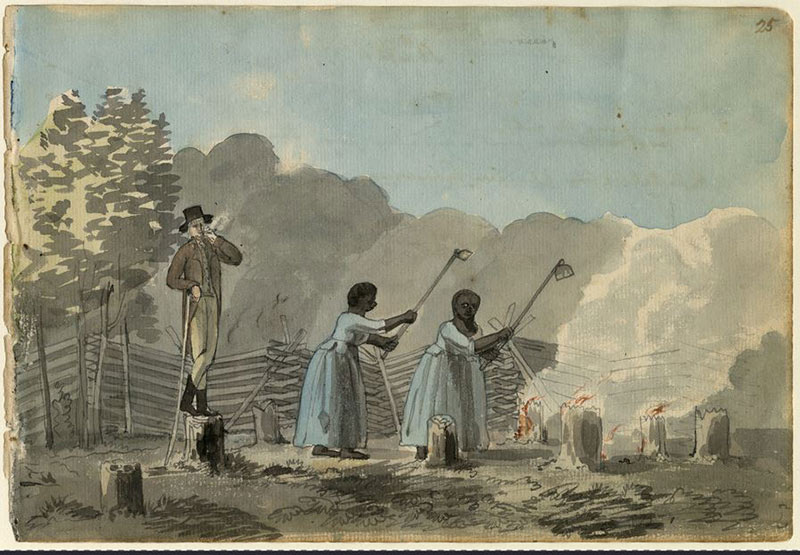
Maryland Center for History and Culture, 1960.108.1.3.21
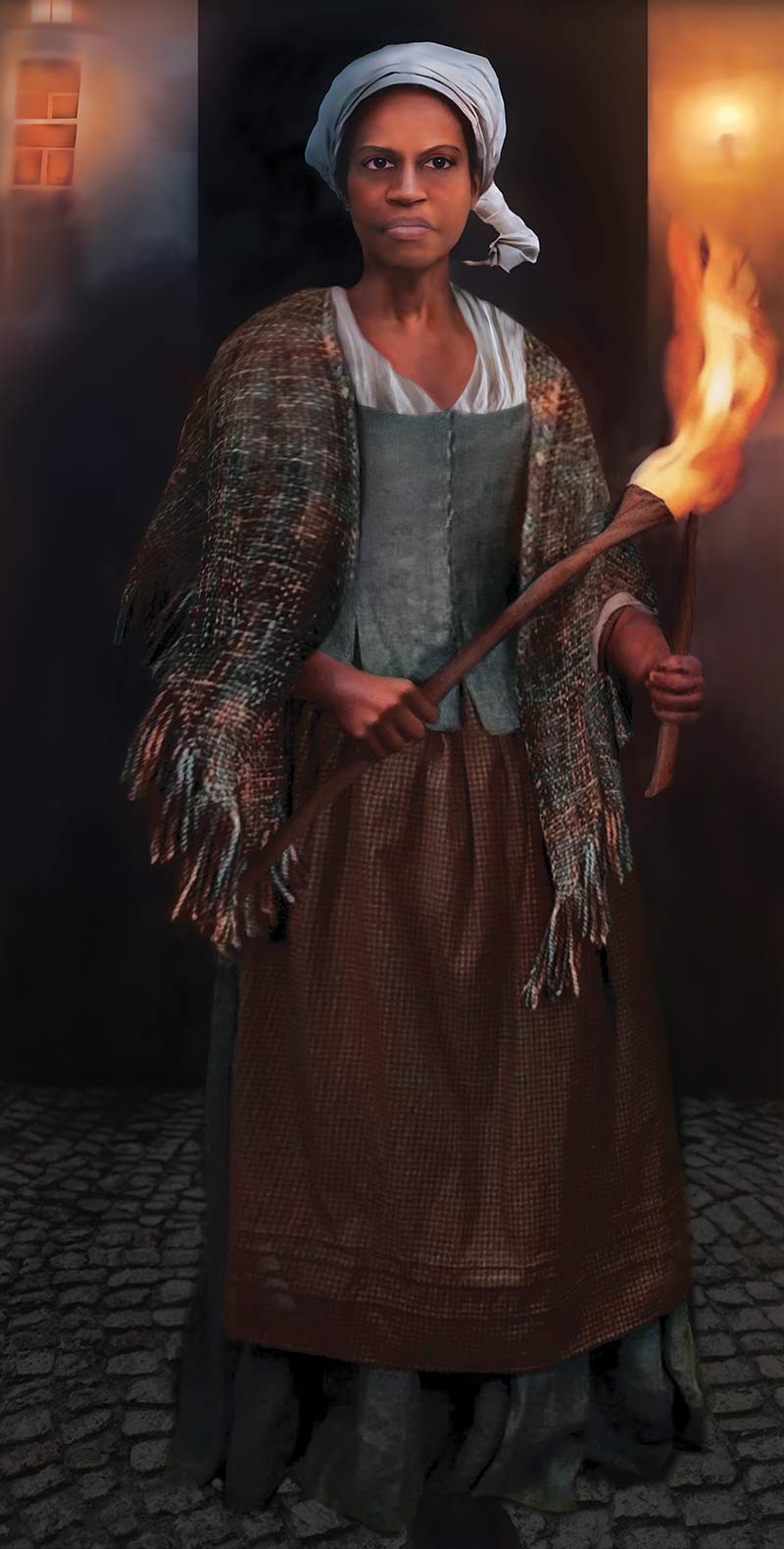
Courtesy of Dr. Afua Cooper
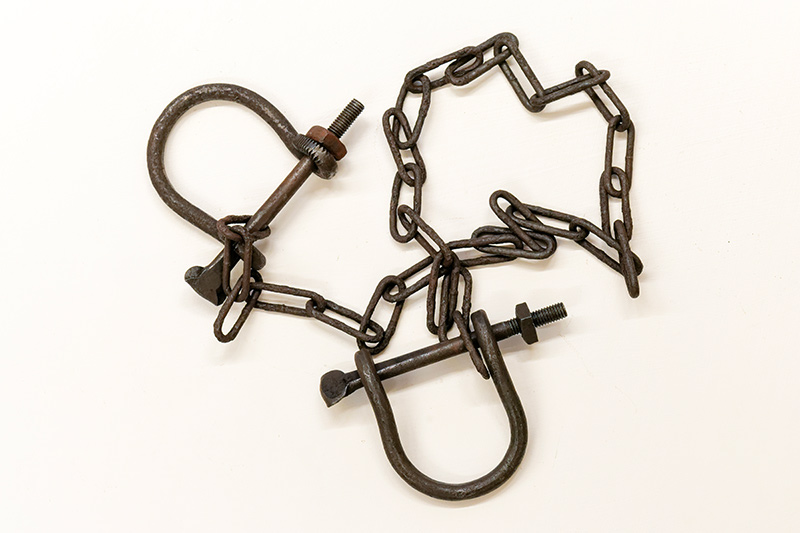
Courtesy of Dr. Afua Cooper
